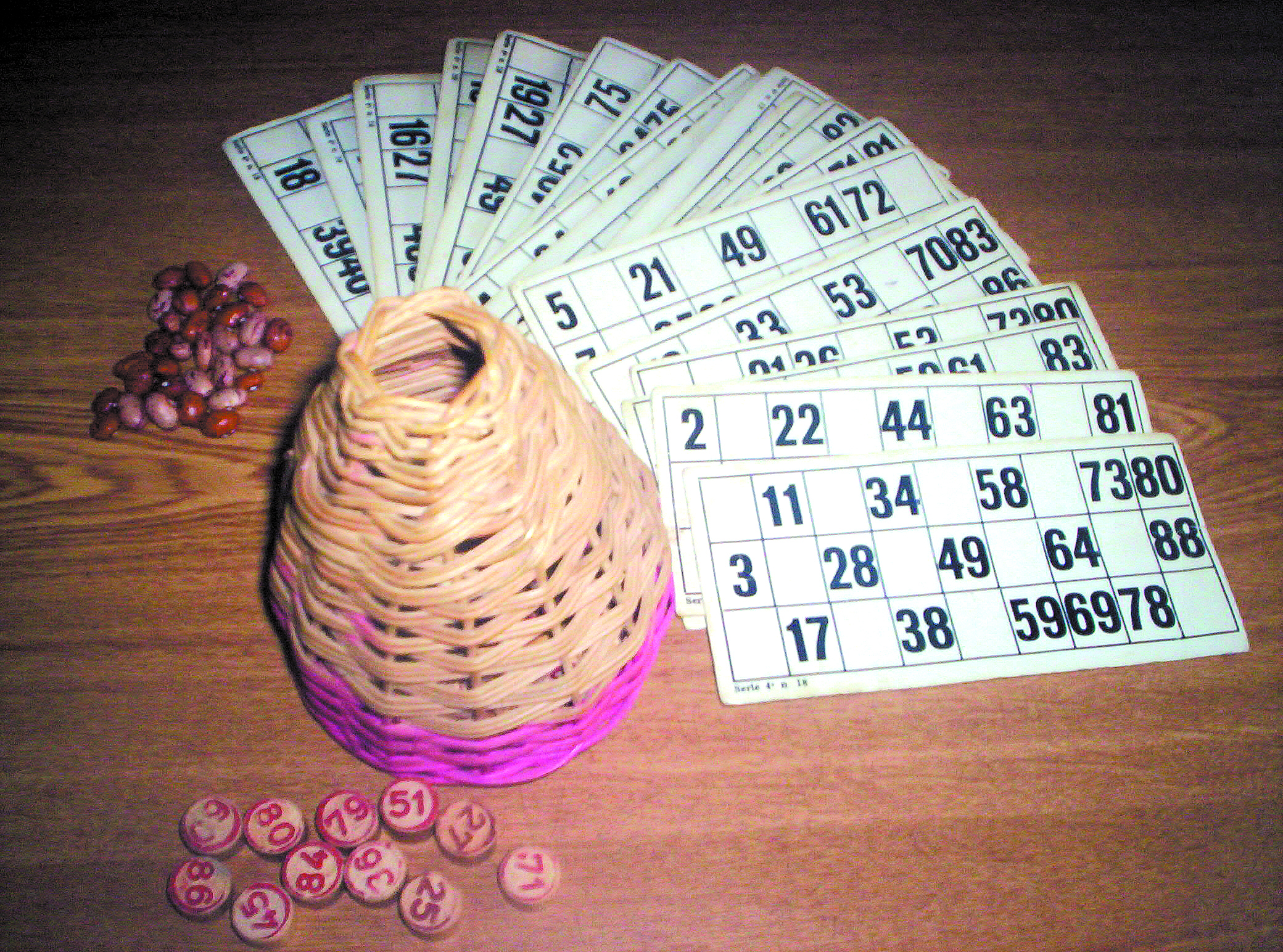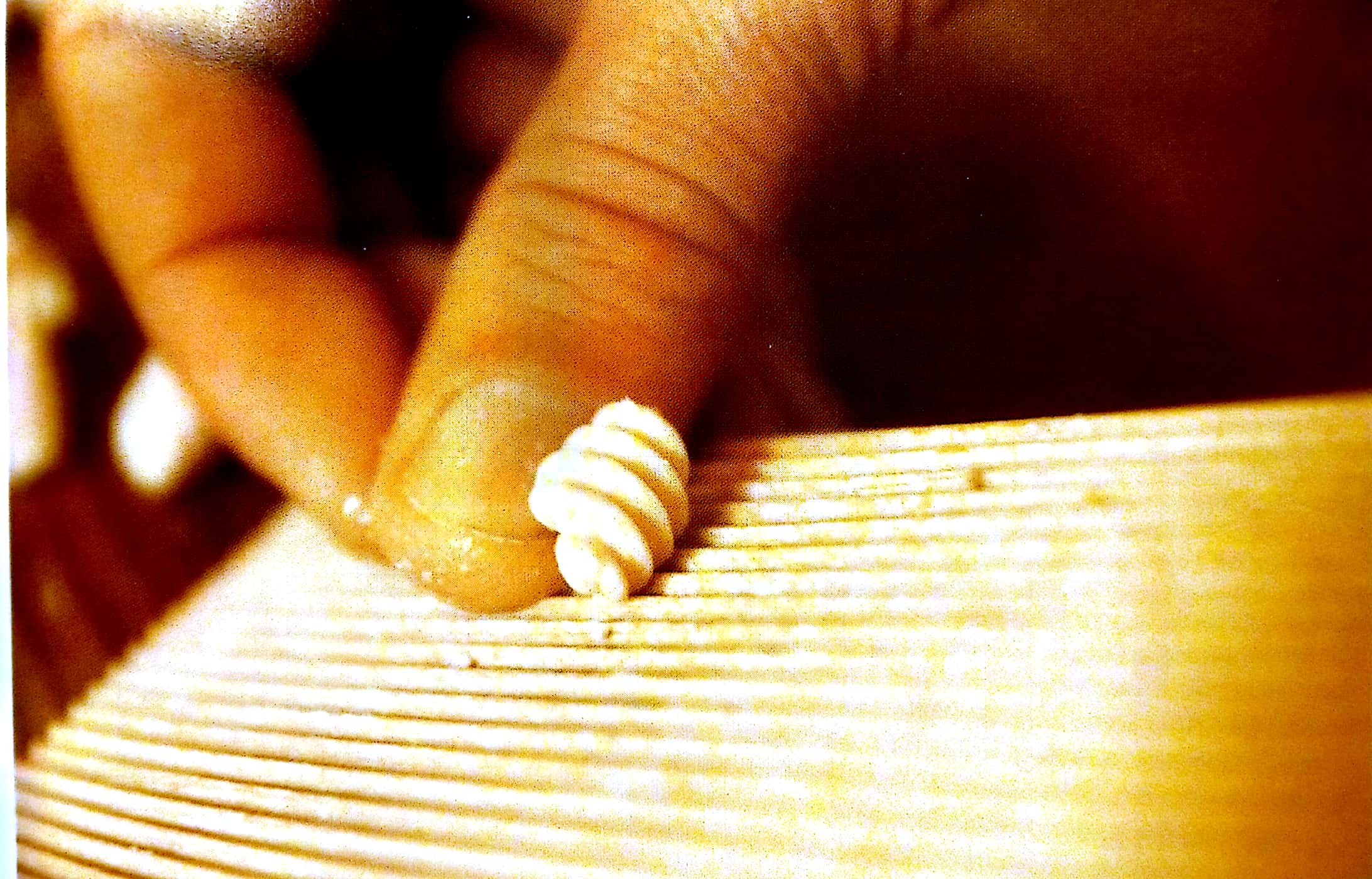Tombola is a very popular family game enjoyed in Italy throughout the Christmas season. It is played from Christmas Eve (while waiting for Midnight Mass) to the Epiphany (while waiting for La Befana) and is an especially popular choice for families to play on New Year’s Eve. It is a simple game that transcends time and unites generations and is a great way to pass the time while awaiting the stroke of midnight on December 31.
What is perhaps so engaging about Tombola is its simplicity. In this age of technology, it is the kind of game that could easily become outdated in the minds of many, yet it has not. Year after year, Italian families and friends gather round and roll the number markers. They play for hours accompanied by snacks, drinks and good conversation. It is the perfect game for New Year’s because it allows loved ones to reminisce about the past year and share their hopes for the future.
Tombola is similar to the American game of bingo, yet it is far more entertaining. Instead of a board full of numbers, the numbers on the “tabellone” is accompanied by symbols and nicknames. Some names are traditional, such as the number one representing Italy and the number 13 which represents Saint Anthony (since the saint’s feast day is June 13). Other names are fun and colorful, like number 45 which is il vino buono, or good wine and number 48, Il morto che parla, or the talking dead man. Since Tombola was created in Naples there is also a Neapolitan version of the game that uses different symbols and is written in the Neapolitan dialect.
The game is simple and entertaining, yet its main purpose is to bring loved ones together. Grandparents tell their grandchildren stories about the past and small children shout when they win a prize. Families gamble for coins and sometimes even for beans or orange peels, which were the original currency of Tombola. Below are the rules of the game, so why not start 2019 on the right note surrounded by loved ones enjoying a part of Italian culture.
What you need to play
A tabellone with squares containing all numbers from 1 to 90; numbered cards; 90 wooden or plastic tombolini with numbers from 1 to 90.
How to play
On each numbered card there are 3 rows and 9 columns. In each row, only 5 of the 9 columns are occupied by a number. The other columns are intentionally left blank. Column 1 contains numbers from 1‐10; Column 2 contains numbers from 11‐20; Column 3 contains numbers from 21‐30; Column 4 contains numbers from 81‐90.
Numbers are pulled out a bag. The person who pulls the number out of the bag is called the tombolone. The tombolone uses a master card on which the numbers from 1‐90 are written in sequential order.
The tombolone proceeds to pull and announce numbers from the bag one at a time and announce them. Each number also has a little name or rhyme that goes along with it, which the tombolone will also announce. For example, if the number 25 is called, then the tombolone will shout, venticinque—Natale (The connection being 25 is the date of Christmas.) If the number 33 is called then the tombolone shouts out trentatre—L’anne Gesu Cristo, (Since Jesus lived on Earth for 33 years.)
As each number is called out, players cover that number on their cards. Most tombola sets come with little plastic beans or fagioli. To make the game more authentic, you can use real beans.
Tombola is traditionally played for money. Each card costs a set amount, perhaps five or ten cents. Players can purchase as many cards as they wish, except for the tombolone, who must purchase 6 cards. The total pot will be divided into 5 smaller prizes. Each prize goes to the winner of the 5 individual rounds which make up a complete tombola game.
The 5 rounds of a tombola game are: Ambo – 1st person to cover 2 numbers in a row. Terno – 1st person to cover 3 numbers in a row. Quaderno – 1st person to cover 4 numbers in a row. Quinto – 1st person to cover 5 numbers in a row. Tombola – 1st person to cover all 15 numbers on the card
When one person has covered 2 out of the 5 numbers in a horizontal row, he/she will call out Ambo. Then the game stops and the person collects his/her prize. The game continues, with prizes collected for the winners of the Terno, Quaderno and Quinto rounds. The person who finally covers all of the numbers on his/her card calls out Tombola and is the winner of the game, which usually has a bigger pot than other rounds.





